{ ENGLISH BELOW }
La fotografía de surf ha cambiado radicalmente en los últimos años. Una evolución lógica y necesaria que se ajusta a los anhelos de los profesionales actuales, además de satisfacer las ansias de todos los aficionados para ver imágenes sorprendentes. En los años 60 y 70 se trataba de reflejar una cultura incipiente anclada en la rebeldía y la contracultura de la época. En la década de los 80 y 90 los objetivos se centraron en inmortalizar las competiciones, el bullicio del deporte y las grandes olas. Pero con la llegada del nuevo milenio, los fotógrafos se han dejado seducir por la vertiente ecológica y el descubrimiento de olas extremas que nunca antes habían sido documentadas por culpa del frío o del calor sofocante. Ya no existen límites a la imaginación y el mejor ejemplo de artista comprometido con su trabajo visual es Chris Burkard, que acaba de publicar un libro fascinante titulado “Distant Shores” en el que nos arrastra de manera visceral por los parajes más recónditos del planeta en busca de esa mítica ola perfecta que todos desean ver una vez en la vida. Sin embargo, lo que muchas veces acaba descubriendo con su cámara es la realidad social y cultural de los lugares que visita y que poco tienen que ver con el glamour de las tablas de surf. Hemos tenido la oportunidad de charlar brevemente con este famoso fotógrafo y conocer los secretos que se esconden detrás de su arriesgada profesión.

Comencemos por el principio, ¿recuerdas cómo y cuándo descubriste la fotografía?
Me enamoré de la fotografía cuando me di cuenta de que podía moverme en plena naturaleza y crear arte sin tener que estar detrás de un lienzo en un estudio. Me encantó la sensación de querer estar y vivir el momento adecuado para lograr capturarlo en una imagen. Fotógrafos como Leroy Grannies y Ron Stoner fueron una gran inspiración para empezar mi trabajo y creo honestamente que fueron los verdaderos pioneros en el arte y en la industria del surf. Sin olvidar todos esos documentales clásicos que aún amamos tanto.
Supongo que te han dicho muchas veces que tus fotos tienen un poder narrativo muy fuerte…
La capacidad de contar historias es el aspecto más importante de la fotografía y me encanta que las historias cobren vida gracias a mis imágenes. No creo que la llegada del formato digital le haya restado parte de su magia al hecho de hacer fotos. En todo caso, cada vez se cuentan más historias y eso es genial.

Me gustaría preguntarte por algunos de los lugares que aparecen en el libro. ¿Cómo es coger olas en lugares tan gélidos como Islandia y Noruega?
Practicar surf en las playas de estos países es algo miserable… pero siempre tengo la sensación de que, al estar en esos lugares miserables, produzco mi mejor trabajo visual. En medio de una playa fría y helada tengo la extraña sensación de que mis sentidos están más despiertos que nunca y yo me siento lleno de vida. Sin olvidar las auroras boreales, que son las cosas más asombrosas que puedes admirar en el cielo. Es algo difícil de describir. Es en las noches más frías cuando resultan más vibrantes y parece que bailen en la inmensa oscuridad.
¿Qué recuerdos tienes de tu estancia en las islas del Caribe?
El Caribe es un lugar totalmente distinto para mi ritmo de vida… podríamos decir que no es mi hábitat natural. La comida era buena, pero las olas destacaron por encima de todo lo demás. Los tubos se repetían constantemente en la playa durante todo el día. Tuve la oportunidad de practicar un poco de body surf y cogí el mayor número de tubos de toda mi vida. La isla que aparece en el libro está en el centro del Caribe.
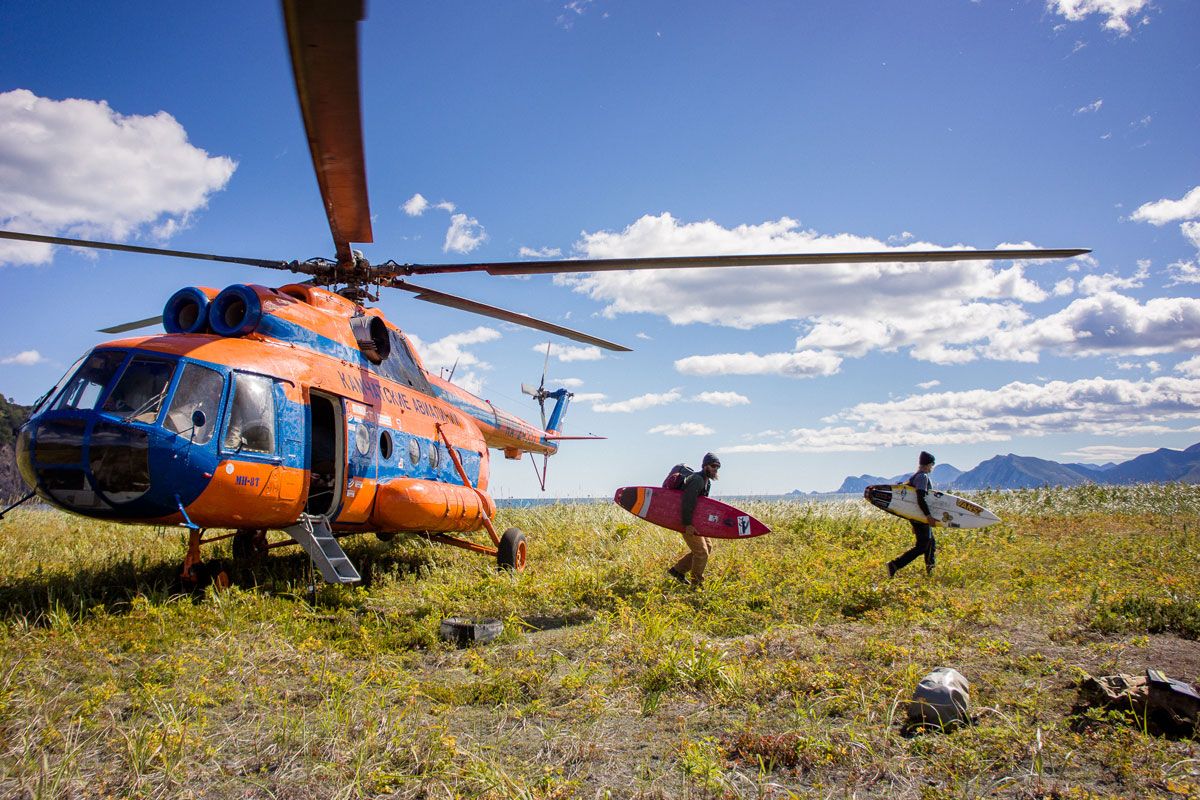
¿Supuso un contraste social y cultural llegar a la India con las tablas de surf?
La india es el país más colorido y vibrante que he visitado jamás. Cada sitio al que dirigía el objetivo de mi cámara acababa siendo una especie de postal perfecta. Todo el mundo era muy amistoso y nos daban la bienvenida al llegar, era asombroso. Me encantó tener la oportunidad de escuchar las experiencias vitales de esa gente que vivía allí.
Aunque las fotos más potentes son las de Nicaragua…
Este país es uno de los lugares más pobres en los que he estado y tuve la oportunidad de viajar con Kim Diggs, embajador de Patagonia, para realizar diversas tareas humanitarias en los barrios más degradados. Me pareció asombroso ver lo feliz que era la gente con todas las dificultades que afrontan diariamente y lo poco que tenían.

¿Tuviste algún problema al cruzar fronteras como las de Rusia o las de algunos países de América Latina controlados por la guerrilla?
Me metieron en un calabozo cuando intentamos entrar en Rusia la primera vez… no fue divertido. Me interrogaron durante seis horas y después pasé un día entero encerrado, hasta que me deportaron de vuelta a Corea. Ésa ha sido mi experiencia más surrealista estando de viaje.
Después de todos tus viajes, ¿crees que el surf aún mantiene el espíritu rebelde y transgresor de antaño?
Cuando viajas por el mundo, te das cuenta de que el surf ya no tiene ese espíritu rebelde ni aquellas vibraciones contraculturales de hace décadas. Ahora se basa en explorar y compartir el océano con los demás. El surf es como un regalo de la naturaleza, ya sea porque hay gente que lo practica buscando la libertad, como deporte o simplemente para pasar un buen rato con sus amigos.

¿Qué proyectos tienes en mente para el 2015?
¡Pasar más tiempo con mi familia es la gran prioridad de este año!
Para terminar, una pregunta poco frecuente: ¿dónde te gustaría viajar si tuvieras una fabulosa máquina del tiempo?
Hace aproximadamente 150 años, John Muir estaba explorando la sierra de California. Me encantaría viajar a esa época y andar con él en ese trayecto legendario a través de Yosemite, cuando exploró aquella tierra por primera vez.






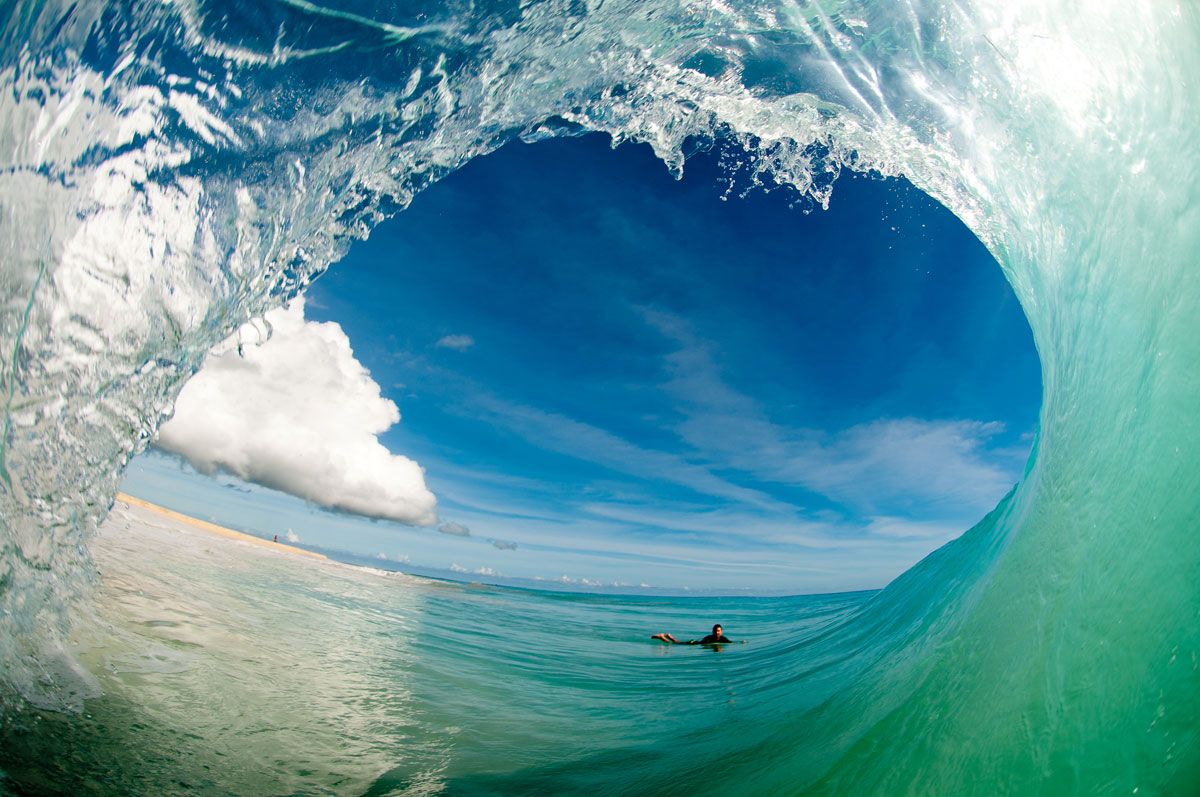
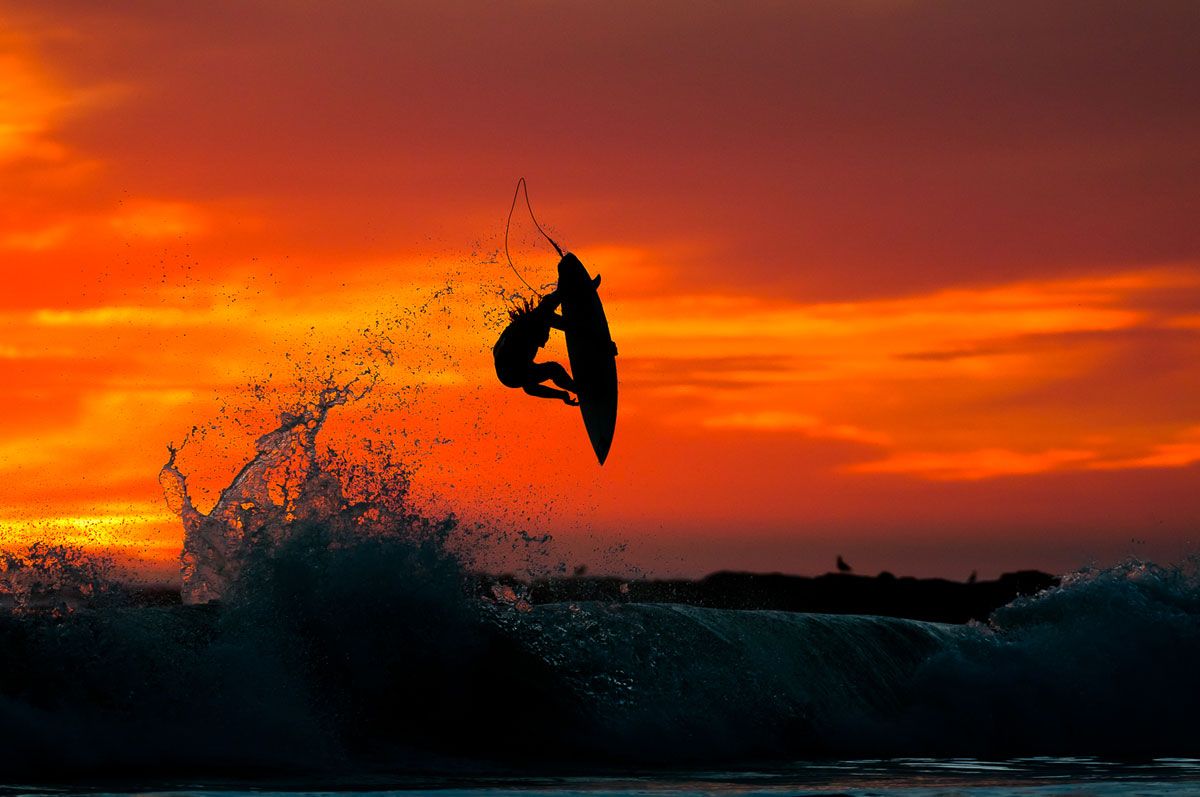


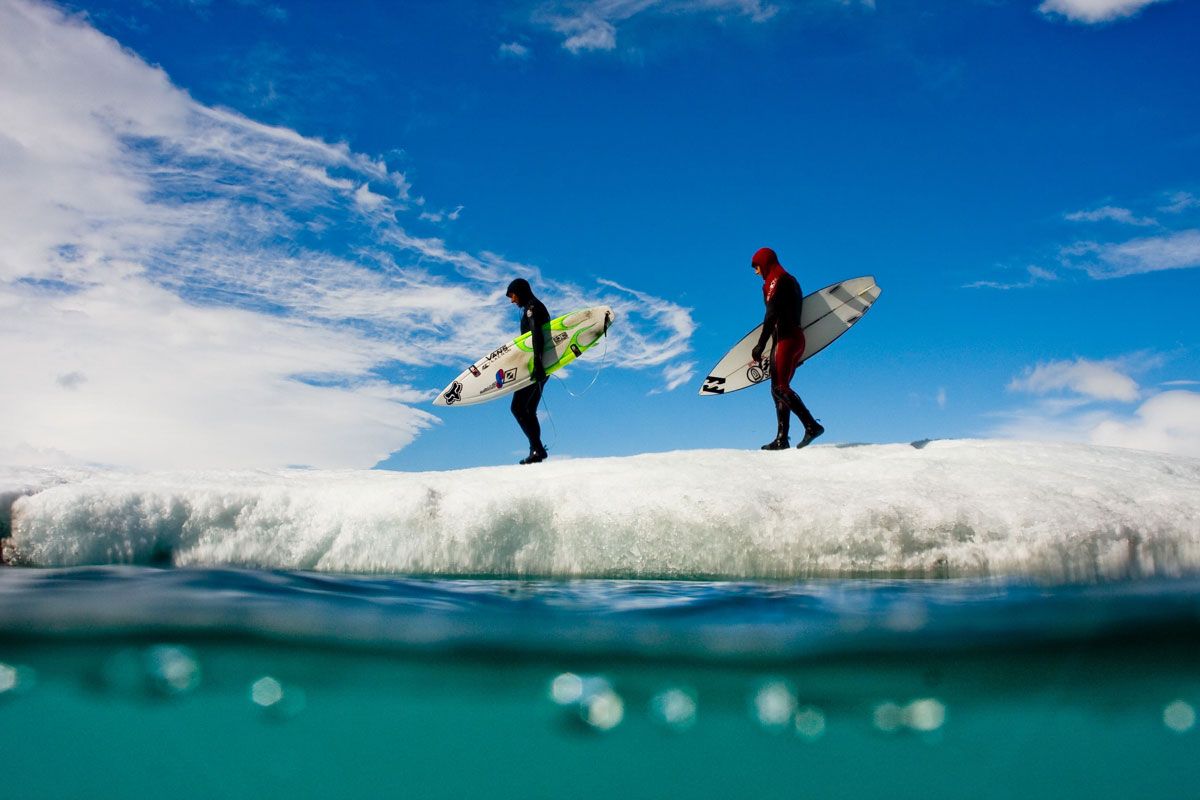
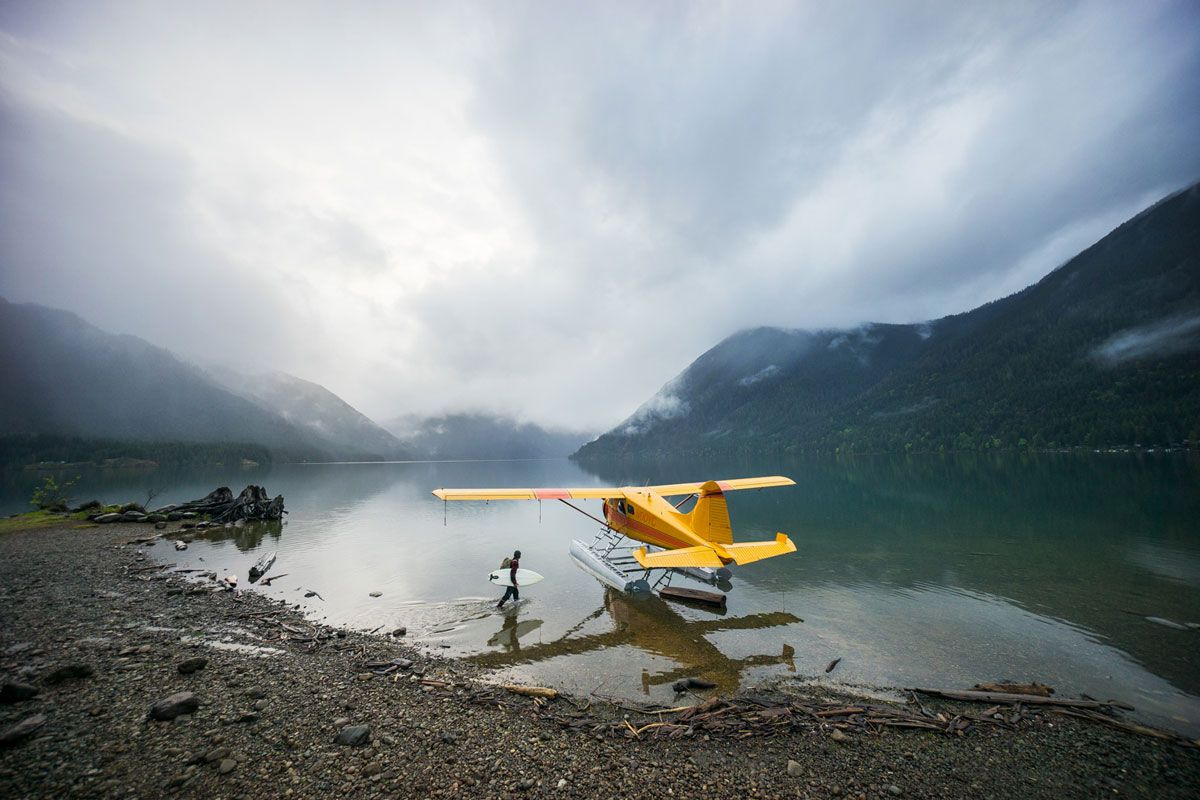
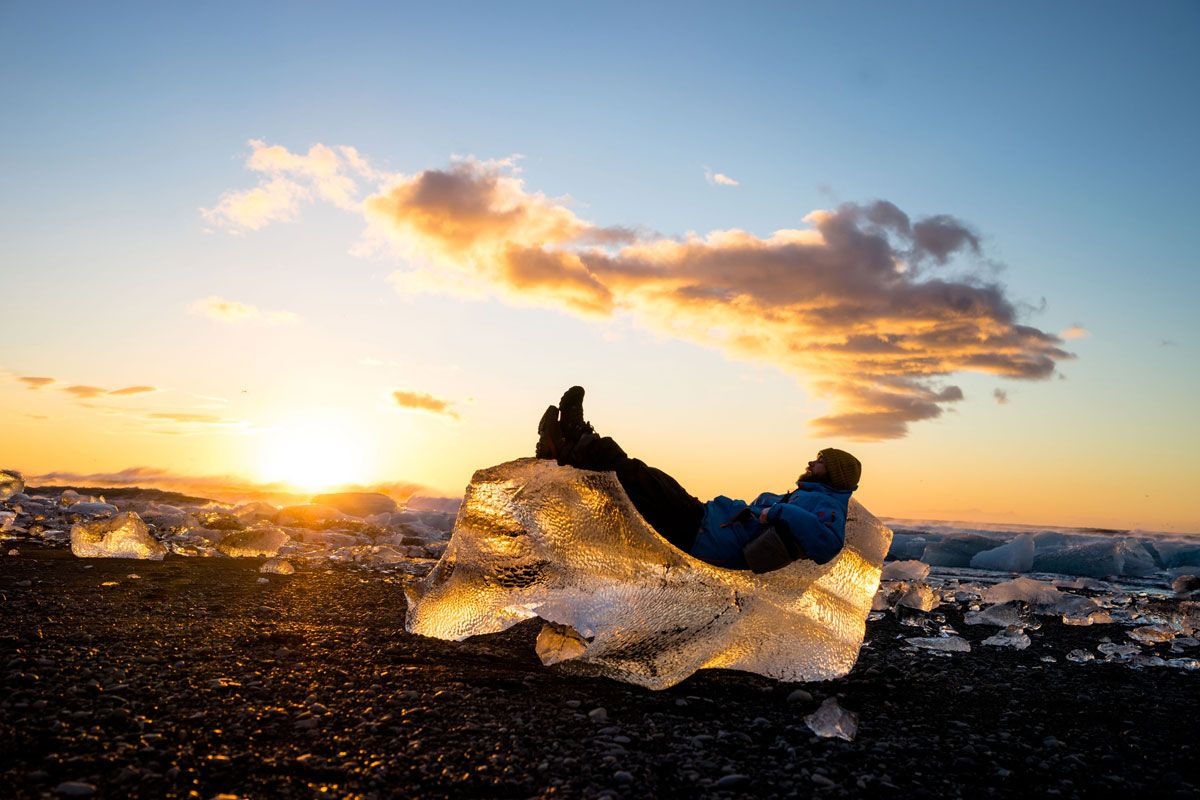

ENGLISH:
SURFING THE ENDS OF THE EARTH
THE PHOTOGRAPHIC JOURNEYS OF CHRIS BURKARD
Surf photography has changed radically in the past years. This is a logical and needed evolution that adjusts to the current professional wishes and the longings of all the aficionados that want to see new and surprising images. In the 60s and 70s it was all about reflecting an incipient culture clinging to the rebellion and the counterculture of that time. In the 80s and 90s the objectives focused on immortalizing the competitions, the hustle and bustle of the sport and big waves. But with the arrival of the new millennium, photographers have been seduced by the ecologic aspect and the discovery of extreme waves that haven’t yet been documented because of the cold or the suffocating heat. There aren’t any limits to imagination anymore, and the best example of an artist engaged with his visual work is Chris Burkard. He just published a fascinating book titled “Distant Shores”, in which he drags us in a visceral way to the most recondite places in the planet always on the hunt for that perfect wave that everyone wants to see once in their lifetime. However, many times he ended up discovering the social and cultural reality of the places he visited, which have nothing to do with the surf boards, glamour. We had the chance to talk briefly with this well-known photographer and find out the secrets hidden behind his risky profession.
Let’s start from the beginning: how did you first get hooked with photography? I think it was your passion for landscapes and surfing what really pushed you to make it a way of life…
I got hooked on photography when I realized that I can go out in the field and create art with out being behind a canvas or in a studio. I fell in love with getting to be in the moment while I capture it.
Were you inspired by pioneer photographers like Leroy Grannies or Ron Stoner, who captured the waves and the culture surrounding it? What do you think about surf documentaries?
Those were huge inspirations to my work… I think that they really pioneered the art and surf industry. We all loved (and still do) their documentaries.
After reading / watching your book, it seems that you enjoy telling some kind of story with your images. Do you feel like a storyteller in some way? What do you think it is the magic of photography as opposed to video / cinema in the midst of the digital explosion nowadays?
Story telling is the most important aspect of photography, I love being able to bring the story to life with my images. I don’t think that it has lost and magic with the advent of the digital explosion. If anything more stories are being told than ever, which I think is a great thing.
After watching your book, I would like to ask you about some places. The first ones are Iceland & Norway. How was it surfing in those frozen beaches? What about the Northern lights?
Surfing those beaches is miserable… but I feel like when I am in those miserable places is where I produce my best work. In the midst of a cold, icy, and windy beach is where my senses feel most alive and where I feel most alive. The Northern Lights are the craziest things to see… it is hard to describe. On the coldest of nights they are most vibrant and and they dance the most.
The Caribbean is one of my favorite places in the world. It is so peaceful and the food is amazing. What did you enjoy the most of being there? Which islands did you visit to surf?
The Caribbean is a different kind of place for me… not my normal habitat haha. The food was good, but waves were what was best! Barrels raced down the beach all day long. I got to bodysurf a little bit and I got the most barreled I have ever been! The island was in the central Caribbean.
I am sure that India was a land of huge contrasts between your surfing and the locals. Did you talk to the fishermen on the beach? How was the experience of being in a place with such big traditions and also many social contradictions?
India was the most colorful and alive place I have ever been. Everywhere I pointed my camera was a post card moment. Everyone was so friendly and welcoming, it was refreshing. I loved hearing other peoples view on life.
It seems that Nicaragua was one of the places that you had more fun outside the water and also had the chance to meet many people…
Nicaragua was one of the poorest places I have ever been. I got to go with Patagonia Ambassador Kim Diggs to do humanitarian work in the slums there. It was crazy how happy people were yet they had so little.
By the way, did you have any problems when crossing dangerous borders or traveling by road in South America or Russia? Some of these countries still have guerrilla and military people…
I was thrown into a jail trying to get into Russia the first time I went… it wasn’t fun. They interrogated me for 6 hours and then was in jail for 24 hrs, than finally deported back to Korea. That was my sketchiest experience while traveling.
After all your trips and the book, why do you think surfing is seen as something fascinating and rebellious all over the world? Do you think in each country people see it the same way or it takes local meanings? For example, there are women who surf in India in order to be free and show that a change is needed in their culture…
Around the world surfing doesn’t have its rebellious vibe that is used to have. Surfing now is about exploration and sharing the ocean with others. Surfing is like a gift… whether people are doing it for freedom, exercise, spending time with others, or just having fun.
Which are your projects for 2015?
Spending time with my family is my biggest project this year!
And the last question is the weird one: if you had a time travel machine, where and when would you travel? Who would you like to meet face to face?
About a hundred and fifty years ago John Muir was exploring the Sierra of California. I would go back and hike with him as he moved through Yosemite and explored that land for the first time.
www.chrisburkard.com